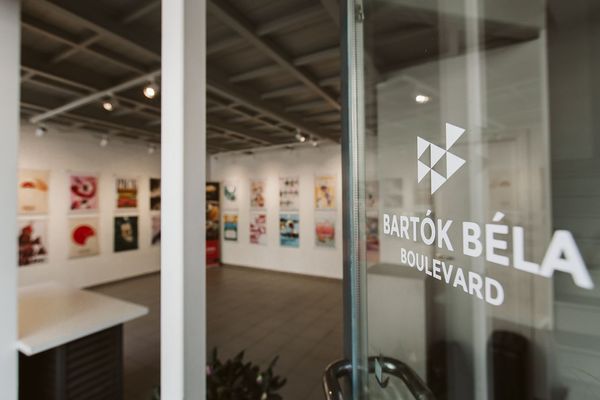Nikola Mihov is a Bulgarian artist, photographer, and curator based in Sofia. In his photobook He Breaks, He Cuts, He Spills (published by Janet 45 in 2021) we can see Todor Zhivkov, Bulgaria’s former Communist leader, doing three repetitive gestures during welcoming and opening ceremonies: breaking bread, cutting ribbons, pouring water. We asked Nikola about Zhivkov and how the Bulgarians remembered him, about digging into the Bulgarian archives, and about the possible interpretations of his photobook.

One of the protagonists of your photobook is Todor Zhivkov. Who was he?
He was a dictator, born as an ordinary village man who later became a member of the Bulgarian Communist Party, involved in the partisan resistance during WWII. After Stalin’s death he gradually settled into power to become, to quote Wikipedia, “the longest-serving leader in the Eastern Bloc, the longest-serving leader within the Warsaw Pact, and the longest-serving non-royal ruler in Bulgarian history.” He was also probably the most simple-minded and sly political leader in Bulgarian history until recently when he was outdone by the second protagonist of the book, Boyko Borissov.

How is he and the socialist times seen or remembered in Bulgaria today?
The story of the monument of Todor Zhivkov in his hometown Pravets gives a good answer to this question. The original monument, a bronze figure of Zhivkov waving to the people, was installed in the town’s central square in 1981 as a gift for his 70th birthday. It was dismantled with a decision of the Politburo soon after he was removed from power in 1989.
In 2001, a few years after his death, another monument of the dictator was erected in a park on the outskirts of the town to mark the 90th anniversary of his birth. Among other important political figures present at the ceremony was Boyko Borissov, who was just starting his march to power.
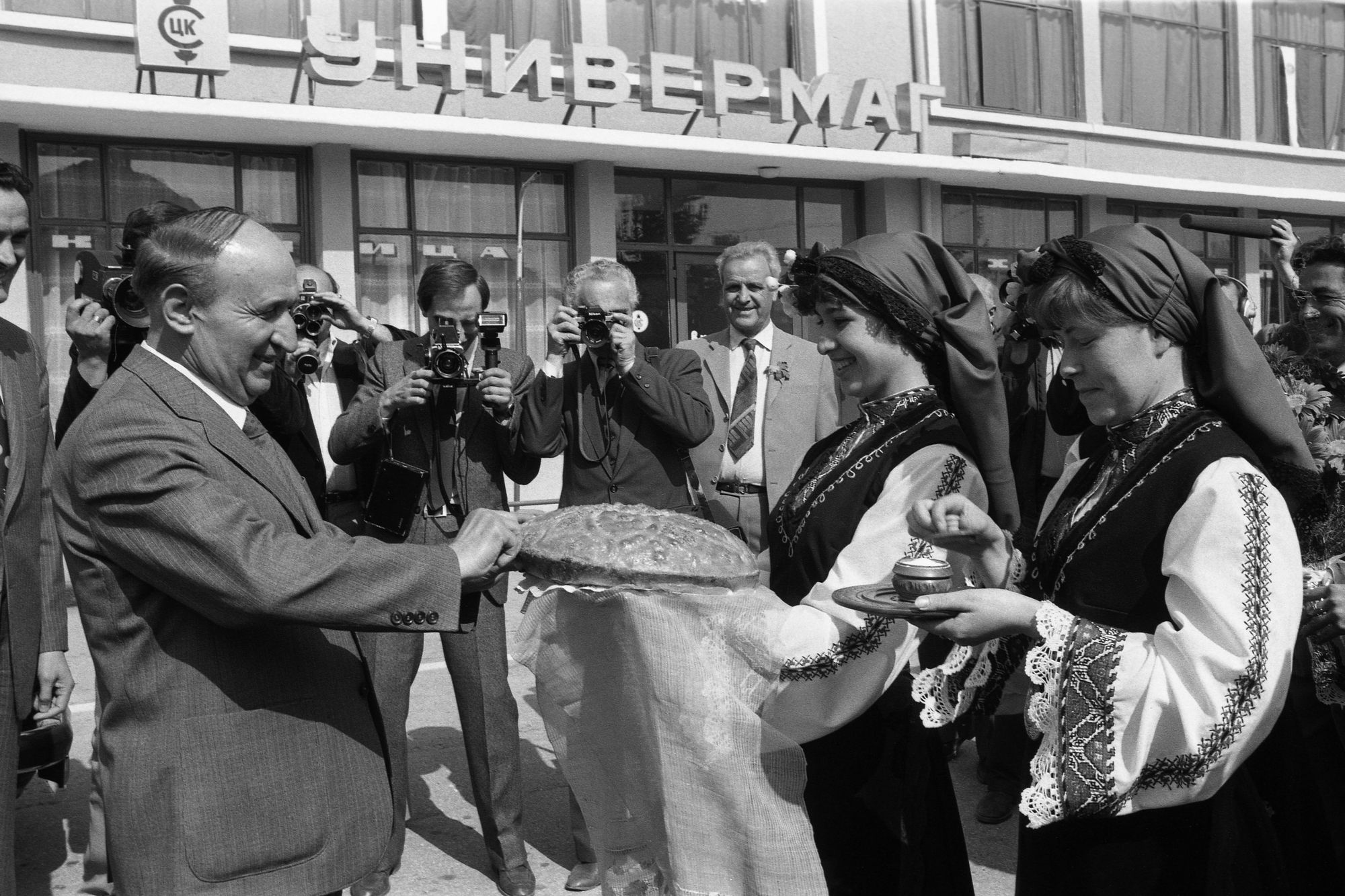
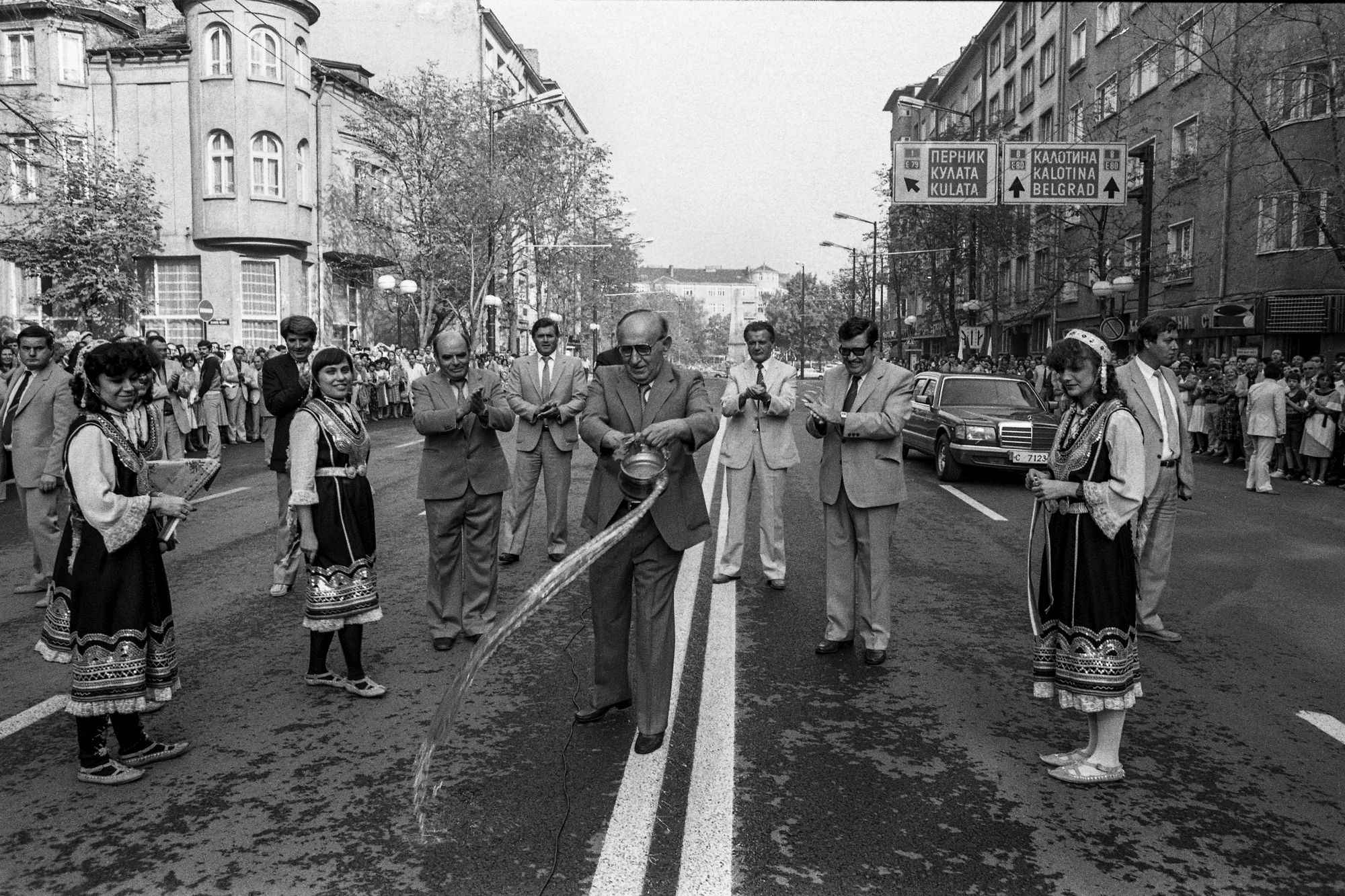
Where and how did you find these photos?
I worked with the archives of The Bulgarian Telegraph Agency (BTA), the official press agency of the People’s Republic of Bulgaria, which still exists today. As their photo archive is not digitized, it’s quite unknown and literally frozen in time.
How many photographs like these were taken and how did you choose from them?
In order to select those 45 photos (one for each year of the communist regime in Bulgaria) I spent countless hours looking through dusty folders with tens of thousands of boring protocol photos of members of the Politburo visiting the country or receiving foreign delegations.
I was looking in particular for photos of welcoming and ribbon-cutting ceremonies, where Todor Zhivkov is always at the center of the image and is seen performing three repetitive gestures: breaking bread, cutting ribbons, and pouring water. I was looking at the images of our communist-era leader, but at the same time, I was imagining our then prime minister, Boyko Borissov, a populist who also likes to show off in a similar manner.
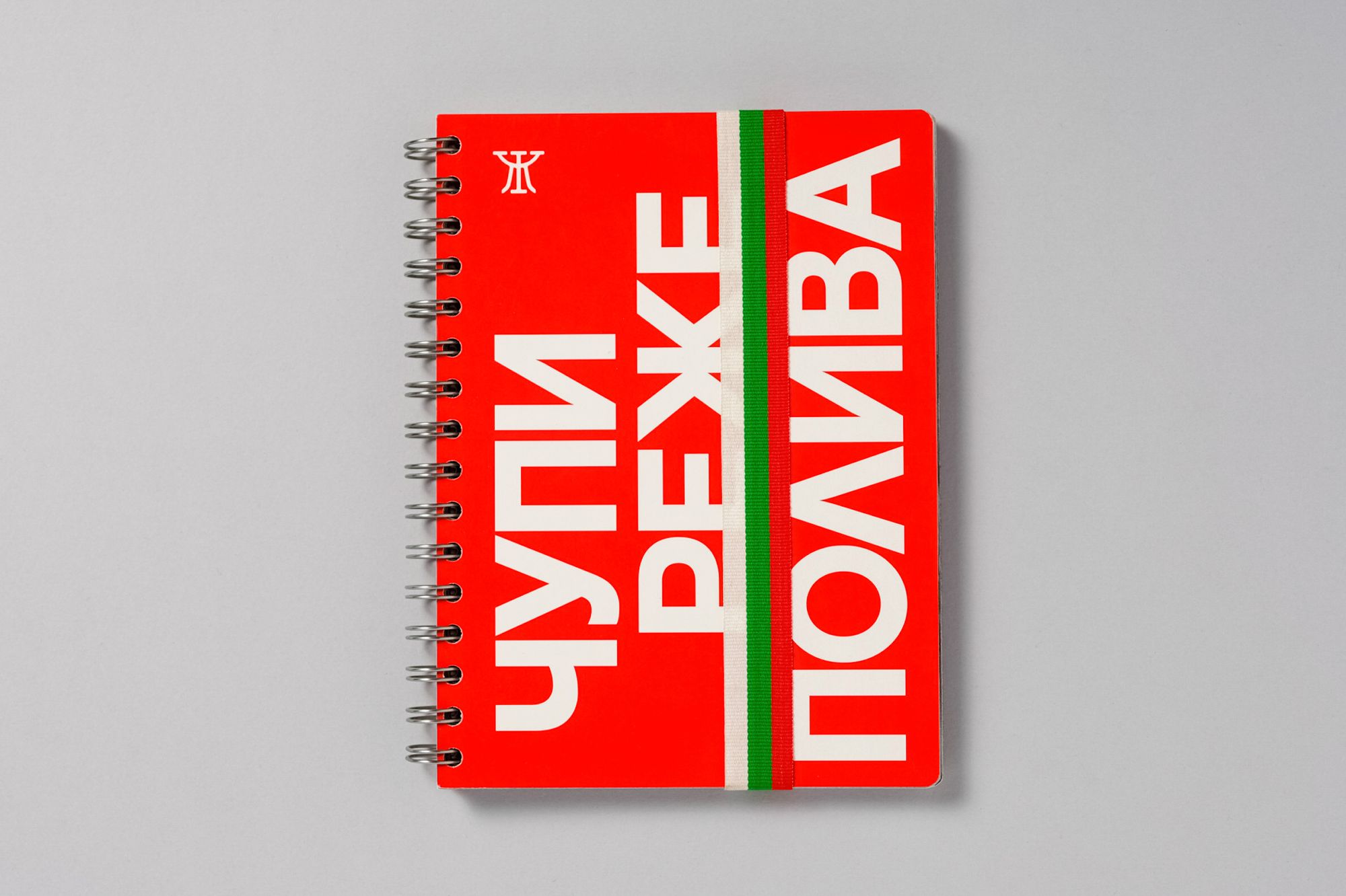
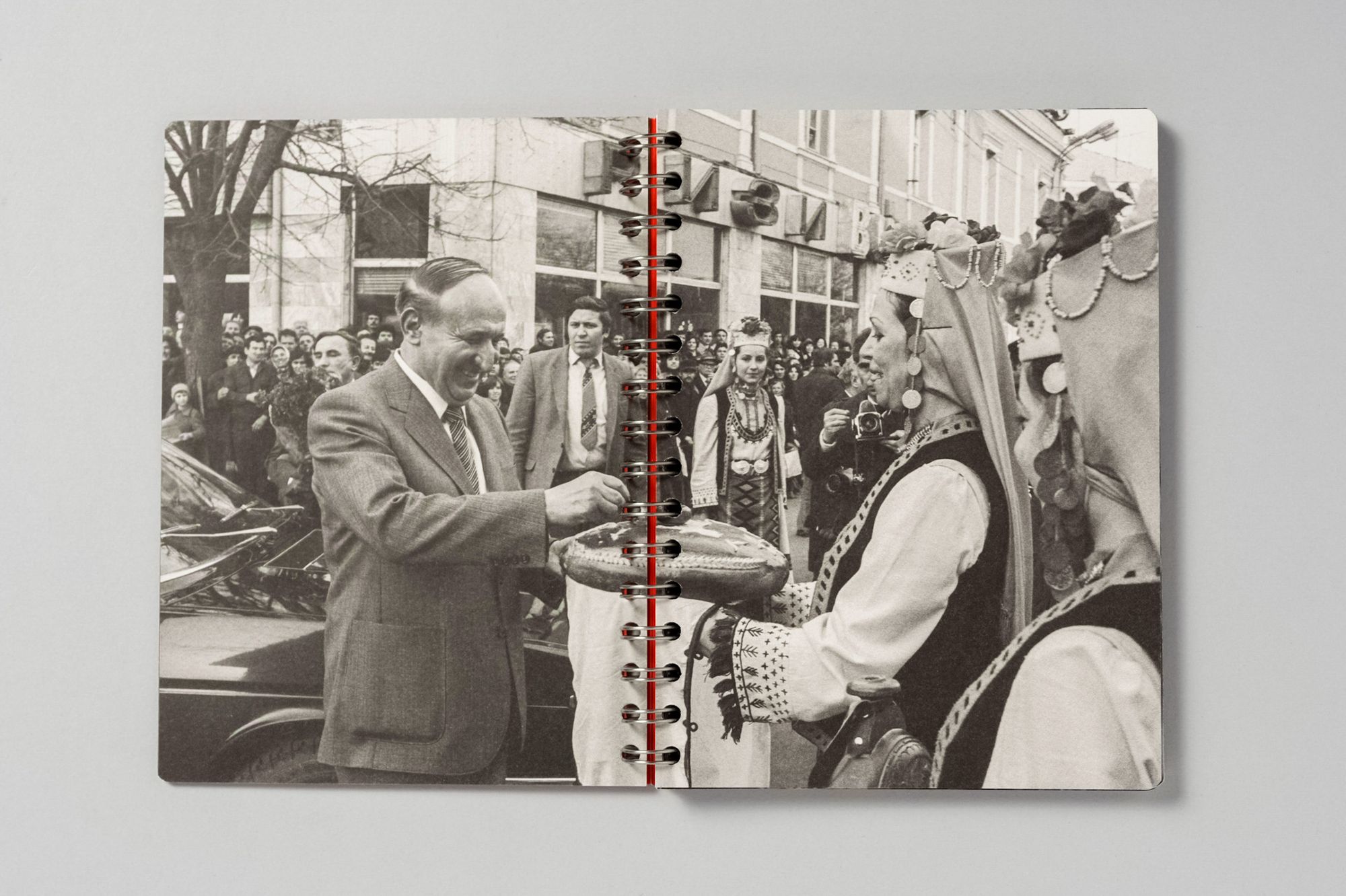
Are the documents (photos, reports, etc.) from the socialist times available to the public in Bulgaria?
Searching for information on something that happened in Bulgaria 30 years ago can sometimes feel like being an archaeologist collecting evidence on an event that occurred centuries ago.
Many of the visual archives were lost or destroyed, others disappeared because the people behind them were simply not around anymore. Of course, a lot of archives are still available in many institutions such as the State Archive, but most have not been digitized and inventoried, which makes them difficult to access.
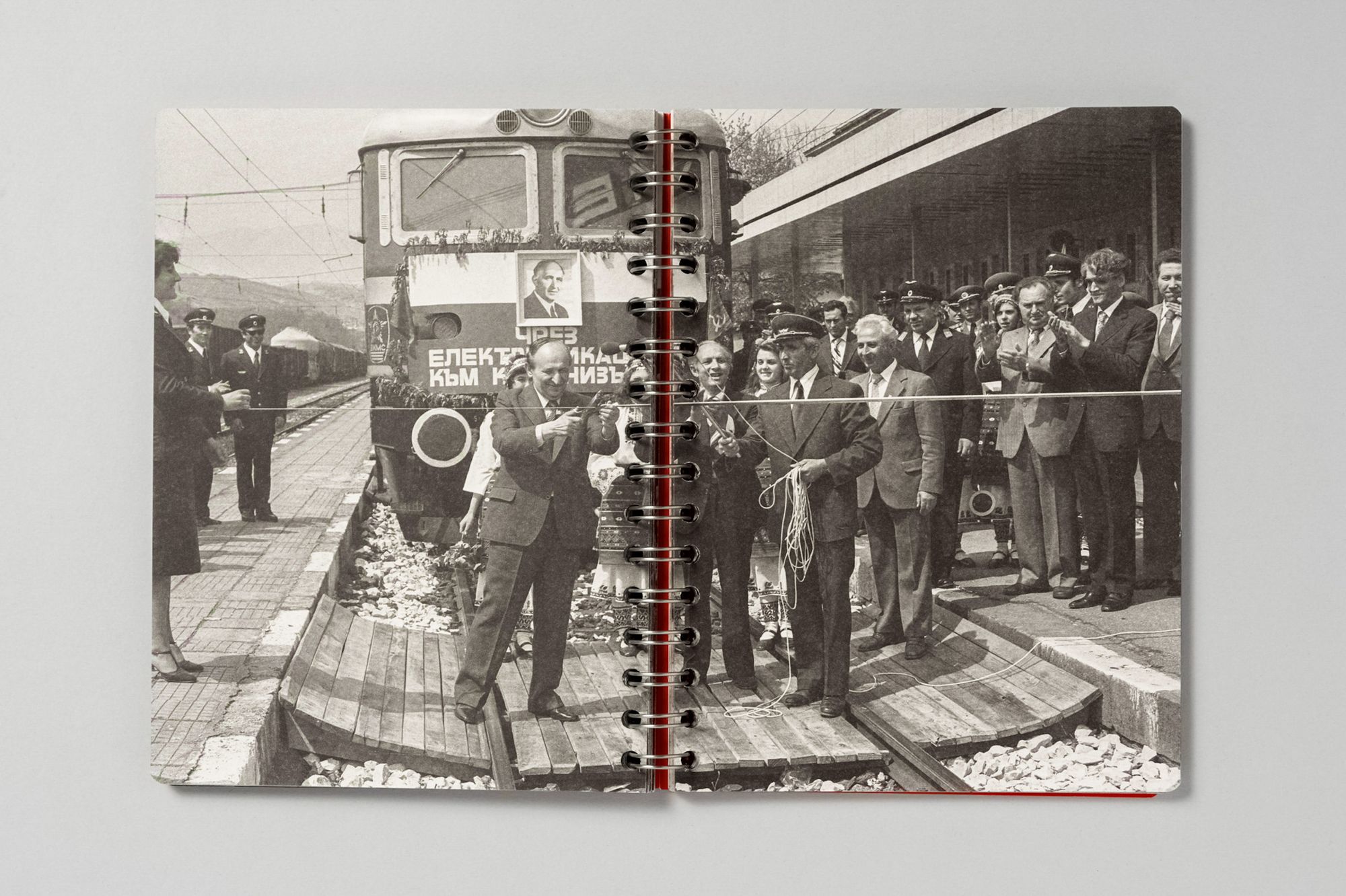
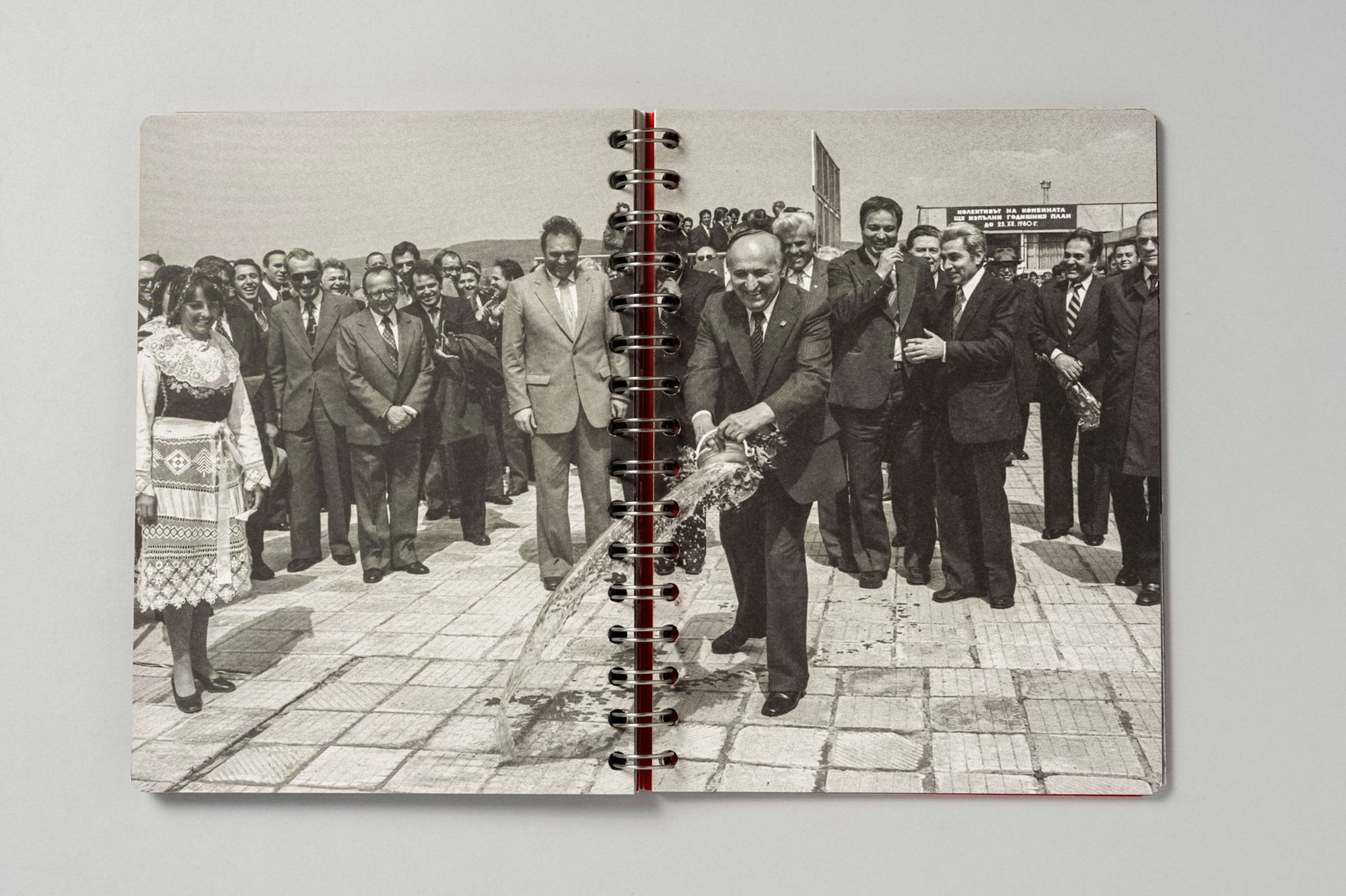
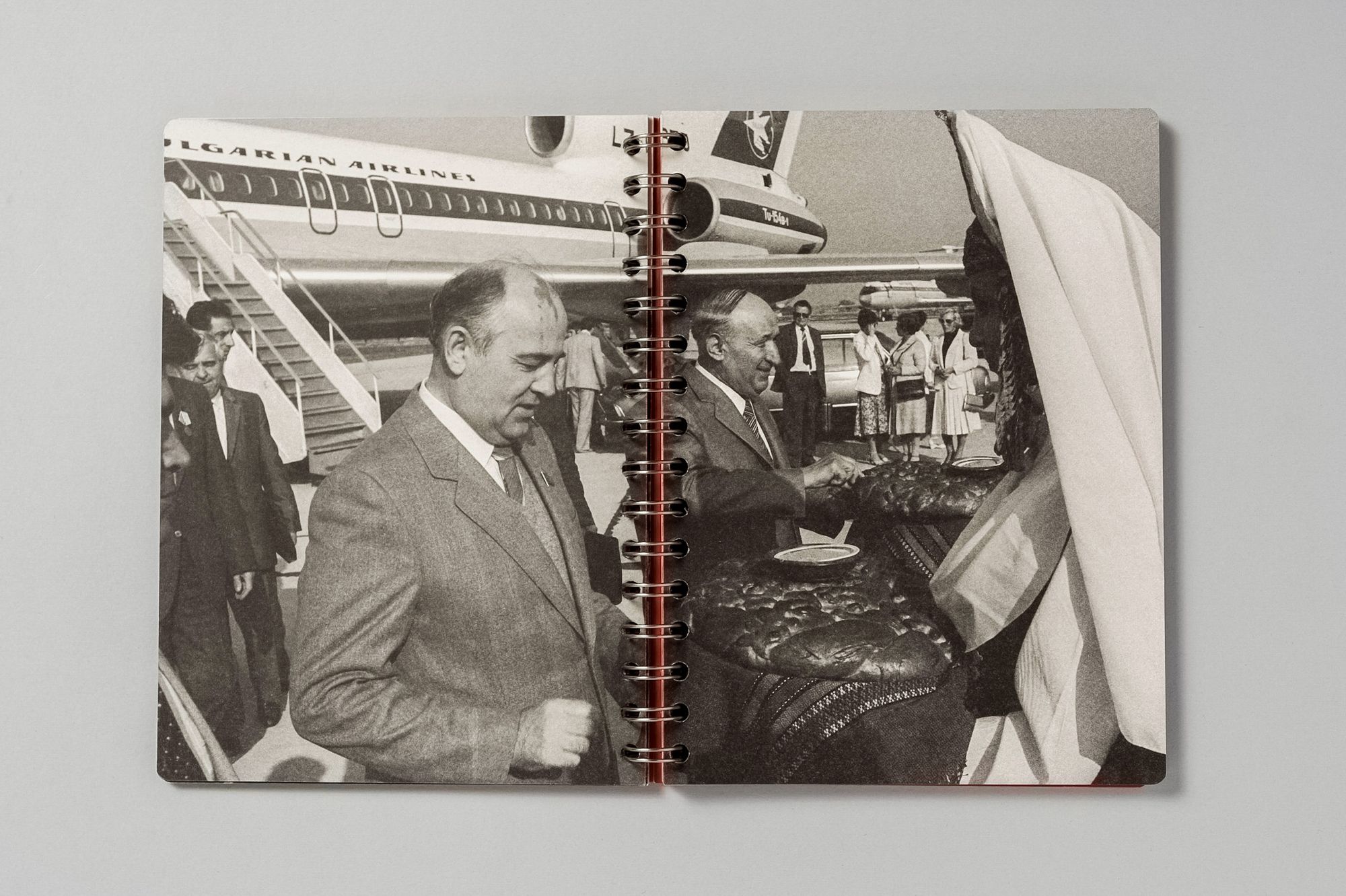
Was there anything distinctly Bulgarian in these ceremonies Zhivkov took part in?
As the cultural anthropologist Ralitsa Gerassimova describes in her text about the book: “...while ribbon cutting has an international connotation, the breaking of bread and the spilling of water are cultural practices heavily integrated into Bulgarian tradition and everyday life. The spilling of water symbolizes good luck. [...] In Bulgaria, it is customary to greet formal guests with a loaf of bread, honey, and salt.”
To reverse this ritualization of power, we organized, together with the photobook platform PUK!, a ribbon-cutting ceremony with the participation of the audience during the book launch. We invited the visitors to cut a ribbon with the colors of the national flag and to spill water from a traditional Bulgarian tin vessel. Every guest was welcomed with a loaf of bread by my female friends dressed in traditional costumes, while the men, myself included, along with the photographers, were wearing costumes like the officials and the security guards from the photos.
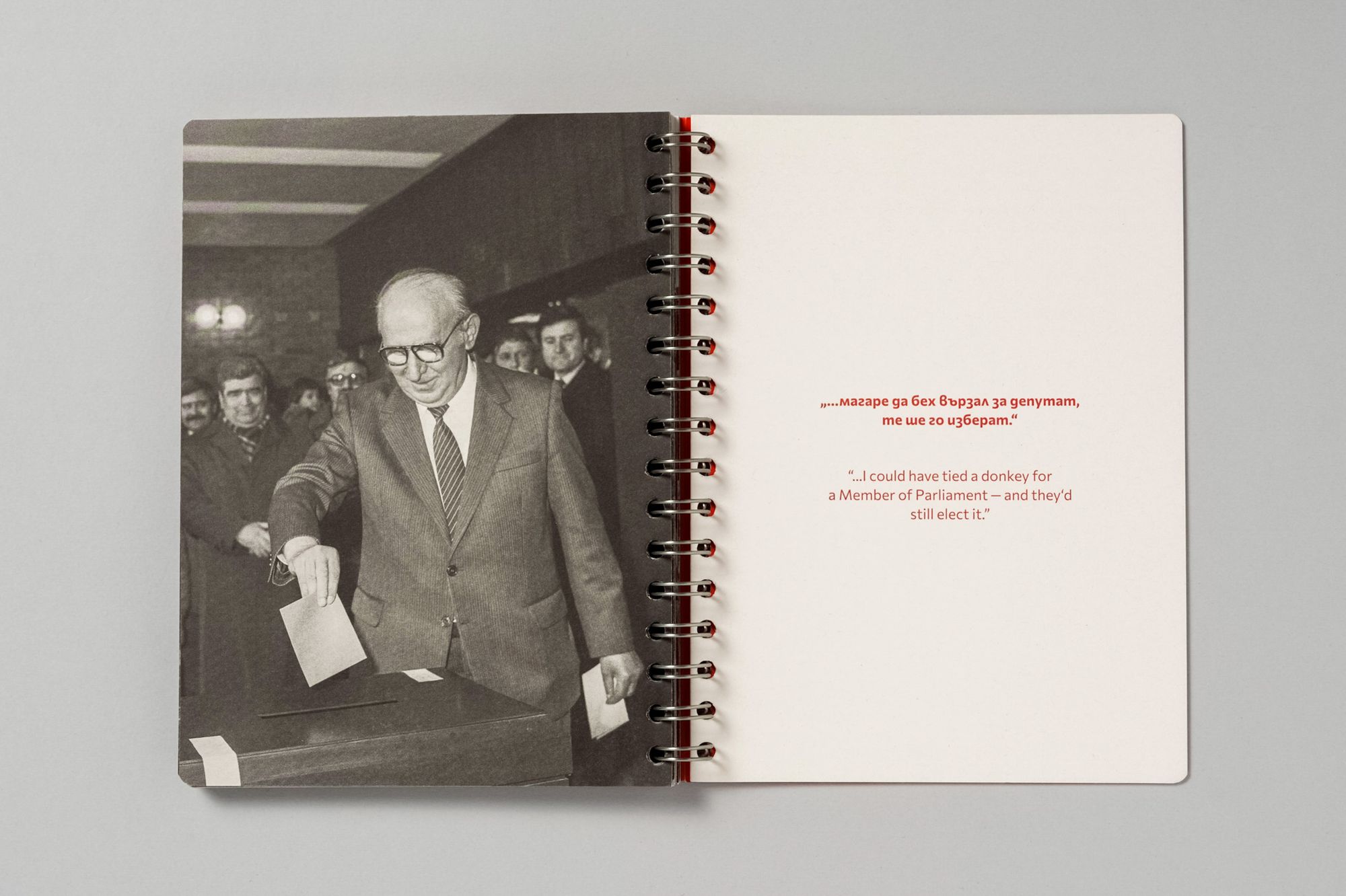

The photos are accompanied by quotes from Boyko Borissov, a former fireman and bodyguard of Zhivkov, before serving as Prime Minister of Bulgaria for almost 13 years between 2009 and the spring of 2021. You put together the photos and the quotes and it is up to the viewer/reader to interpret them. Did you get any feedback on how it was interpreted?
I published the book on the 1st of Аpril, just three days before the parliamentary elections in 2021, which were expected to put an end to Borissov’s rule after a wave of mass anti-government demonstrations. On the day after the elections, the book was mentioned by the local website of Radio Free Europe, as one of the three most important topics of the day, together with the results of the elections and the election fraud. The book was also reviewed in most independent media in contrast to the complete silence of the pro-government media.
As I wanted to keep the book open to interpretation and emphasize its humorous side, I was happy that some older people considered the link to Zhivkov, as a tribute to Borissov.
Nikola Mihov: He Breaks, He Cuts, He Spills. Janet 45, 2021
Nikola Mihov | Web | Facebook
PUK! Books | Web | Facebook | Instagram
In our Printed Pasts series, we focus on the past and the recent past of the Central and Eastern European region through recently published books of various genres.
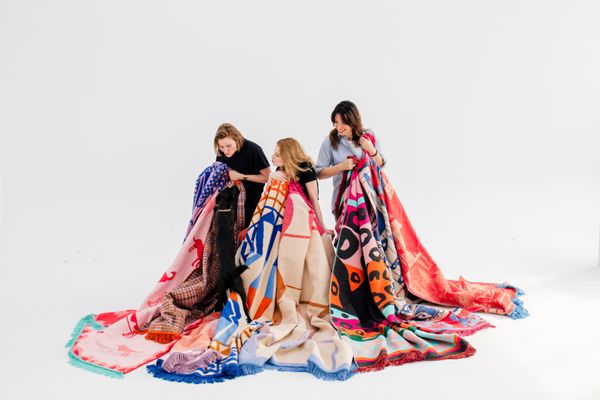
Design wrapped in fun | SZMAT SKŁAD
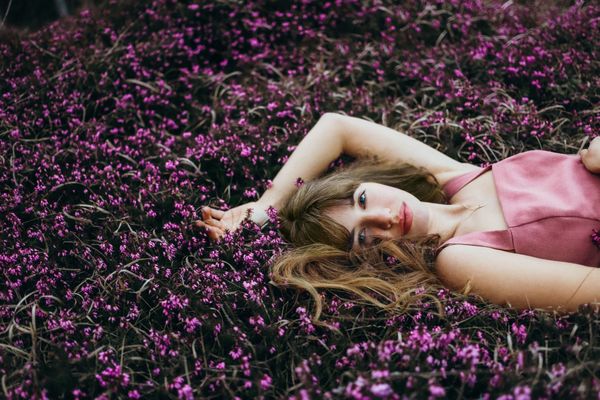
“Skirts have power” | Rosie by Zsófia Rimóczi
